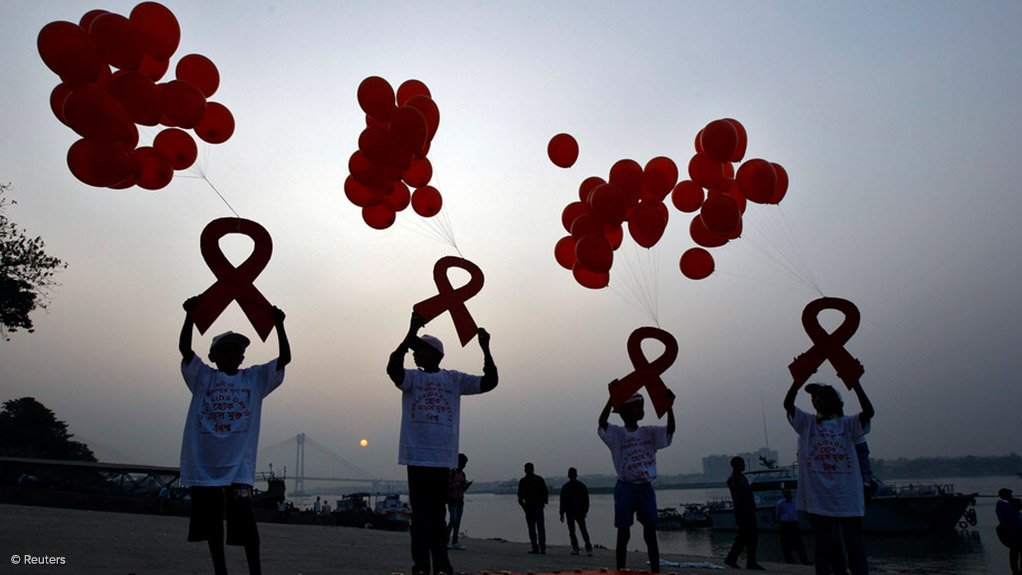The Human Sciences Research Council (HSRC) announced on Tuesday that the Mpumalanga province has the highest HIV prevalence in the country, at 17.4%, calling for targeted interventions.
This translates to an estimated 890 000 people living with HIV in the province.
The HSRC released the key findings of the Sixth South African HIV Prevalence, Incidence, and Behaviour Survey (SABSSM VI), which indicated that, in 2022, HIV prevalence among all ages was highest in the Gert Sibande municipality with 20.5%, Ehlanzeni with 16.0% and the lowest in Nkangala with 13.1%.
The study showed that HIV prevalence in the province was 7.8% among youth between the ages of 15 and 24 years, and 1.5-fold higher among males (9.8%) than females (6.3%) in this age group.
The overall principal investigator of the study, HSRC Professor Khangelani Zuma, noted that among adults between 25 and 49 years of age, HIV prevalence was 26.4% overall, and 1.6-fold higher among females (31.9%) than males (19.9%).
“By locality, HIV prevalence was higher among those residing in rural formal/farms (21.1%) and rural informal areas (18.4%) and lower in urban areas (15.5%), but the difference was not significant,” Zuma said.
He expressed concerns that HIV prevalence peaked at 40.8% among those aged between 45 and 49 years in 2022, compared with 39.0% in 2017 among those aged between 35 and 39 years, saying this suggested a possibility of continued new infections.
He noted a notable downward shift in the epidemic curve in 2022 among respondents aged between 15 and 44 years.
Antiretroviral treatment (ART) coverage in Mpumalanga increased to 81.8% in 2022, from 65.4% in 2017, with Zuma highlighting that this translated to an estimated 630 000 people living with HIV in the province receiving ART in 2022.
Zuma expressed concerns that 62.3% of people living with HIV aged 25 to 49 years accounted for the majority of people living with HIV in the province who were unaware of their HIV status, 63.5% were aware but not on ART and 63.4% were on ART but not virally suppressed.
However, he added that adolescents and youth aged 15 to 24 years contributed disproportionally to gaps in treatment, accounting for just 9.4% of all people living with HIV.
He said in this age group, 16.9% knew their HIV status, 16.7% knew their HIV status but were not on ART, and 13.7% of those on ART were not virally suppressed.
Zuma noted that the province had the lowest prevalence of sexual debut among provinces, explaining that the proportion of adolescents and youth aged 15 years who reported having sex before the age of 15 years decreased from 13.3% in 2017 to 5.4% in 2022.
However, he said sexual debut before the age of 15 years among adolescents and youth aged 15 to 24 years in 2022 was higher among males (6.1%) than females (4.8%).
Among districts, early sexual debut ranged from 7.3% in Gert Sibande to 9.2% in Nkangala, Zuma explained.
He highlighted that awareness of HIV testing sites was critical for accessing HIV testing services, pointing out that in 2022, awareness of HIV testing sites by selected demographic variables among people aged 15 years and older in the province was generally high.
Meanwhile, the study recommended targeted interventions for age groups most affected by HIV, particularly adolescent girls and young women, who require intensified prevention efforts.
Zuma recommended a long-term strategy to care for individuals in an ageing HIV epidemic as well as tailored interventions to address gaps in the clinical cascade by district, locality and subpopulation.
“We also recommend a continued focus on increasing coverage and demand for medical male circumcision among males aged 15 years and older. We must also enhance public awareness and uptake of effective HIV prevention measures, such as regular HIV testing, condoms and PrEP,” he explained.
EMAIL THIS ARTICLE SAVE THIS ARTICLE ARTICLE ENQUIRY
To subscribe email subscriptions@creamermedia.co.za or click here
To advertise email advertising@creamermedia.co.za or click here











